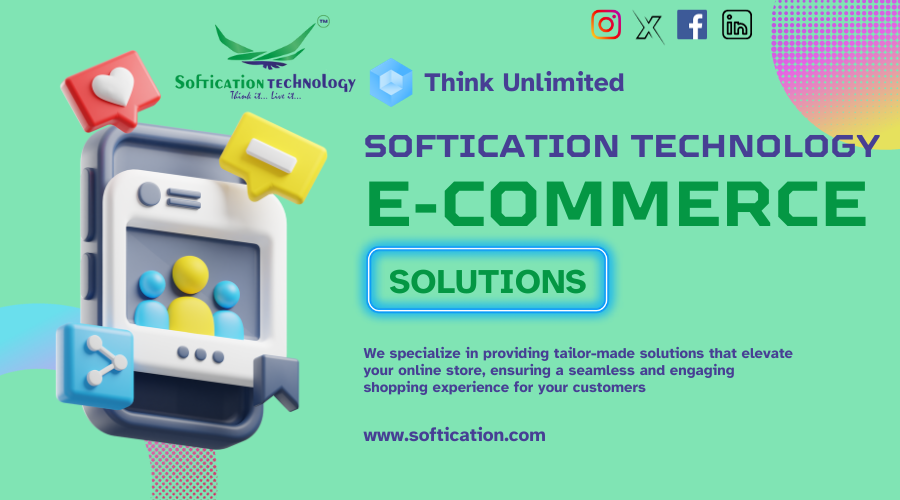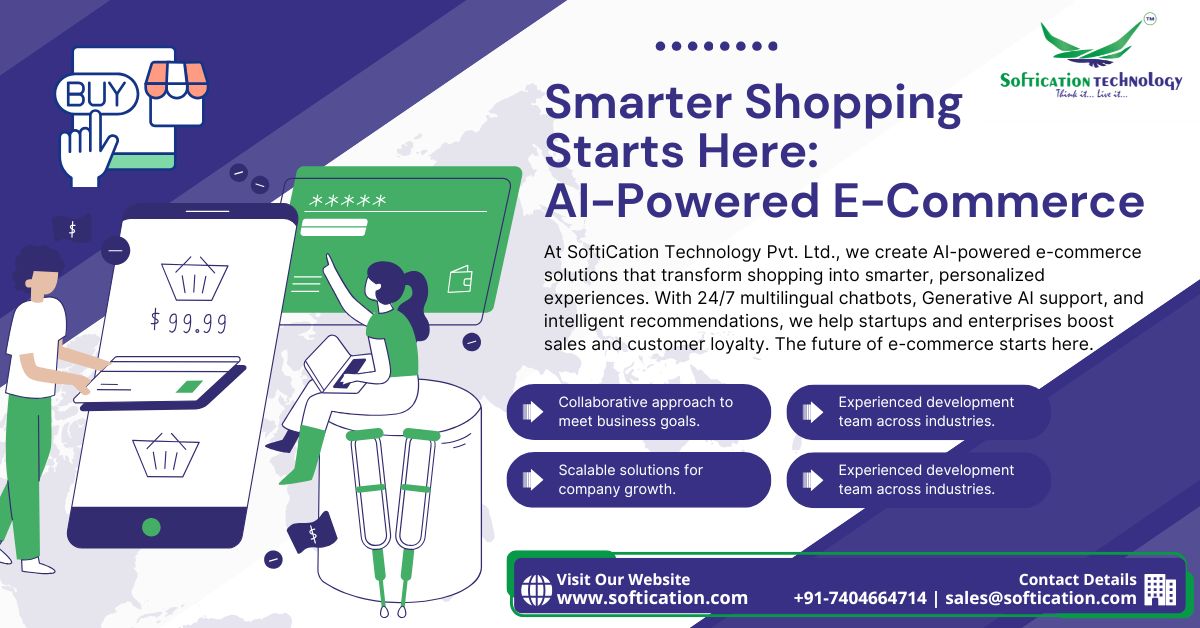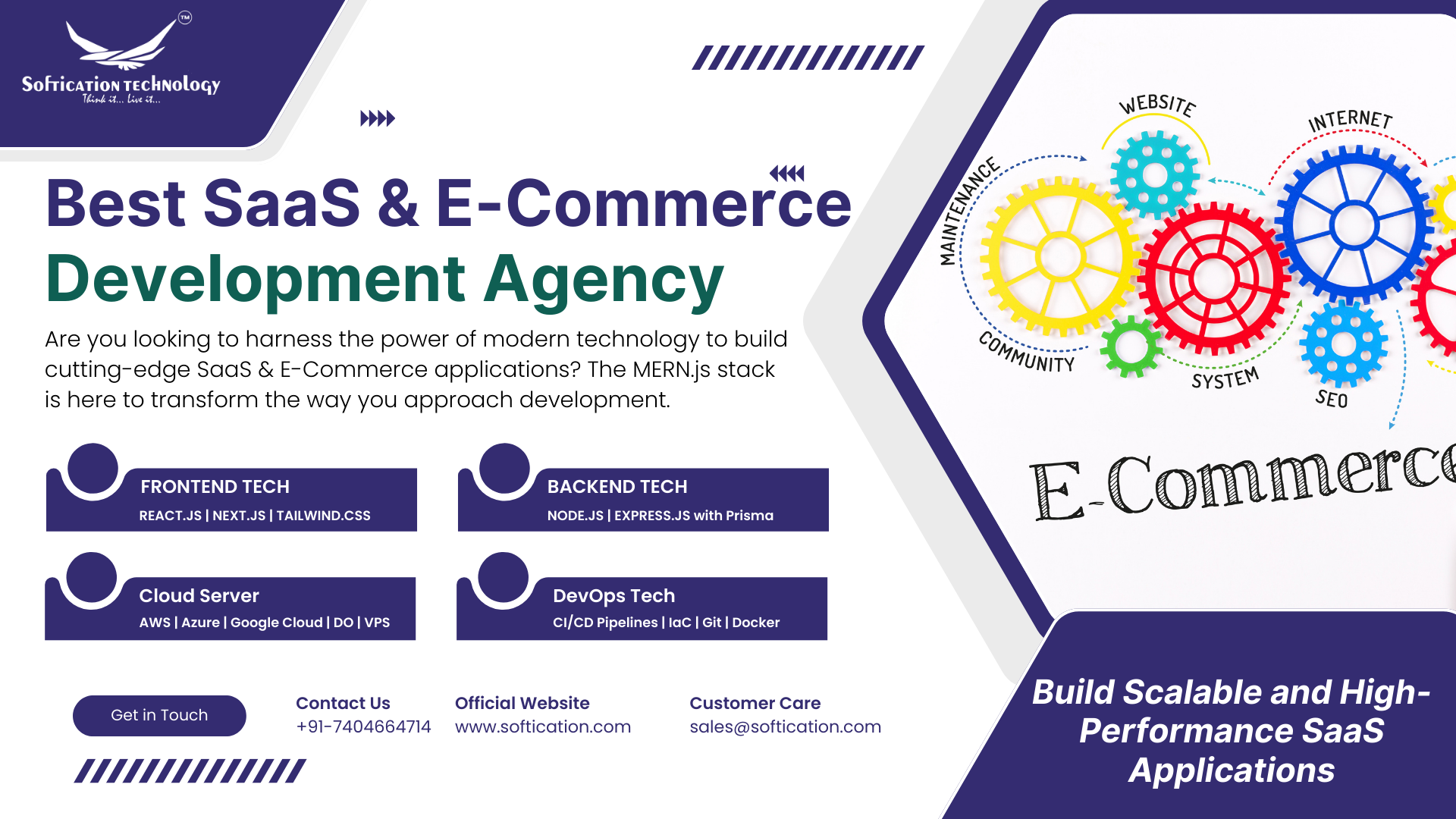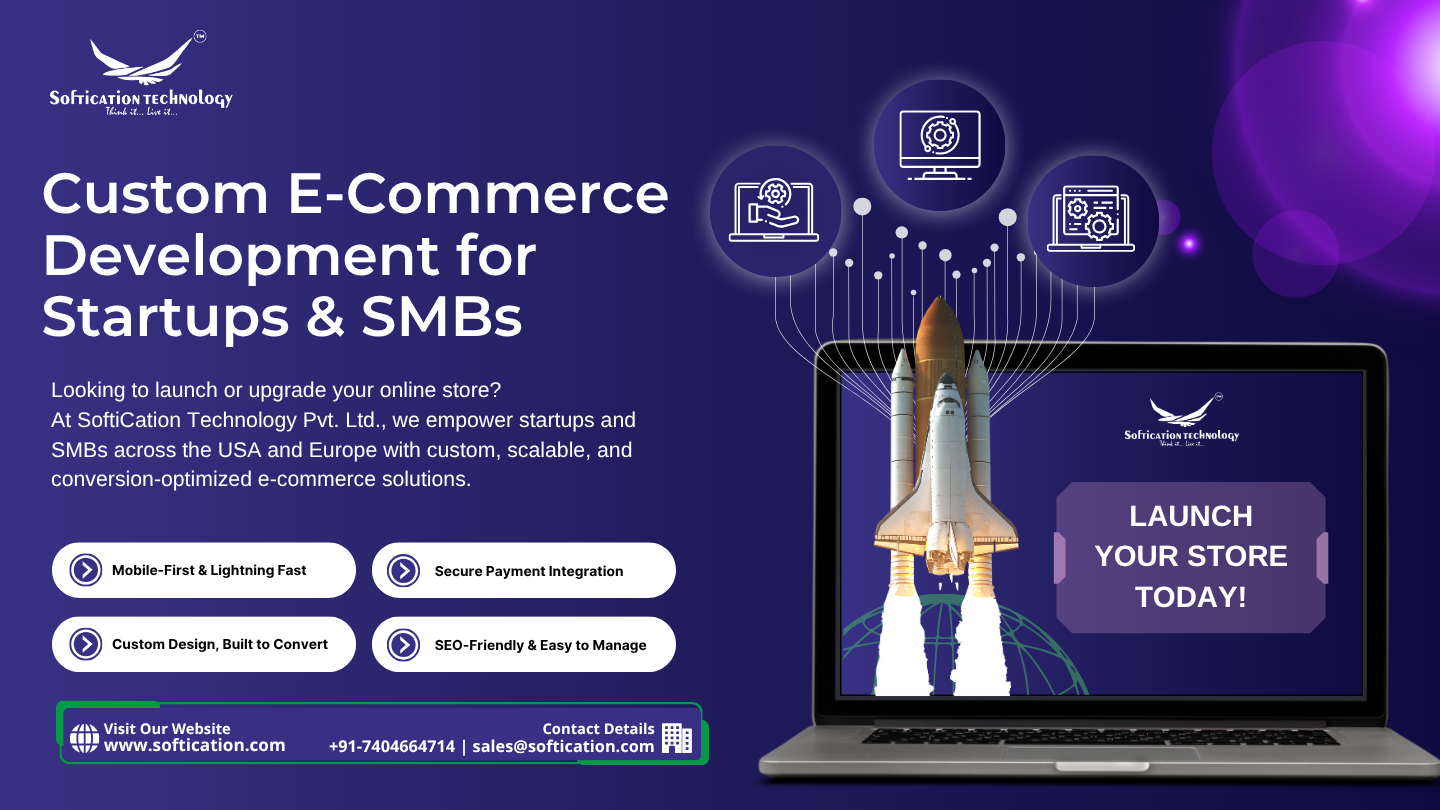Introduction to E-commerce Content Marketing
In the highly competitive world of e-commerce, content marketing plays a crucial role in attracting, engaging, and converting customers. By creating and distributing valuable, relevant, and informative content, e-commerce businesses can establish themselves as industry authorities, build brand awareness, and ultimately drive sales. Let's explore the importance of content marketing for e-commerce businesses and understand how it can contribute to driving sales.
The Importance of Content Marketing for E-commerce Businesses
Content marketing is an essential strategy for e-commerce businesses for several reasons.
Firstly, it helps to build trust and credibility among potential customers. By providing valuable and informative content, such as blog posts, articles, and product guides, e-commerce businesses can position themselves as experts in their field. This expertise not only helps to build trust with customers but also encourages them to return to the business for future purchases.
Secondly, content marketing plays a pivotal role in improving search engine visibility. By incorporating relevant keywords and optimizing content for search engines, e-commerce businesses can increase their organic rankings, making it easier for potential customers to discover their products or services. This can lead to a significant boost in website traffic, ultimately contributing to increased sales.
Understanding the Role of Content in Driving Sales
In the context of e-commerce, content serves multiple purposes in driving sales.
Informative and persuasive product descriptions are crucial in capturing the attention of potential customers and encouraging them to make a purchase. These descriptions should highlight the unique features, benefits, and value that the products offer. By addressing customer pain points and answering their questions, e-commerce businesses can instill confidence in their products and persuade customers to convert.
In addition to product descriptions, engaging blog posts and articles can be used to educate customers, provide helpful tips and advice, and showcase the expertise of the e-commerce business. This type of content not only attracts potential customers but also keeps existing customers engaged, fostering loyalty and repeat purchases.
Visual content, such as high-quality product images, videos, and infographics, also plays a vital role in driving sales. Compelling visuals can capture the attention of customers, appealingly showcase products, and provide a better understanding of the features, usage, and benefits. Including visual content on product pages and in marketing materials can significantly enhance the overall shopping experience and influence purchasing decisions.
By recognizing the importance of content marketing and understanding how content contributes to driving sales, e-commerce businesses can develop effective strategies to leverage content in their marketing efforts. In the following sections, we will explore various content marketing strategies, optimization techniques, and promotional tactics specific to e-commerce businesses.
Developing a Content Marketing Strategy
A successful content marketing strategy is the foundation for driving engagement and conversions in the e-commerce industry. To effectively reach your target audience and stand out from competitors, it's essential to develop a well-defined content marketing plan. This section will cover setting clear goals and objectives, defining your target audience, and conducting competitor research.
Setting Clear Goals and Objectives
Before diving into content creation, it's crucial to establish clear goals and objectives for your e-commerce content marketing strategy. These goals will serve as a roadmap to guide your efforts and measure success. Common goals may include:
- Increasing brand awareness: Expand the reach of your e-commerce business and build brand recognition.
- Driving website traffic: Generate more visitors to your e-commerce website, increasing the opportunity for conversions.
- Boosting customer engagement: Encourage interaction and foster a community around your brand.
- Increasing conversions: Drive more sales and achieve a higher conversion rate.
By setting specific, measurable, achievable, relevant, and time-bound (SMART) goals, you can track progress and make data-driven decisions to optimize your strategy.
Defining Your Target Audience
To create content that resonates with your audience, it's essential to define and understand your target audience. This involves identifying the demographics, interests, behaviors, and pain points of your ideal customers.
Start by creating buyer personas – fictional representations of your target customers. Consider factors such as age, gender, location, income level, and lifestyle. Additionally, delve into their motivations, challenges, and aspirations related to your e-commerce offerings.
Understanding your target audience will help you tailor your content to their needs, preferences, and consumption habits. This knowledge enables you to craft compelling content that addresses their pain points and provides value.
Conducting Competitor Research
Competitor research is a vital aspect of developing an effective e-commerce content marketing strategy. Analyzing your competitors' content efforts can provide valuable insights and help you differentiate yourself in the market.
Start by identifying your key competitors in the e-commerce industry. Analyze their content channels, including their websites, blogs, social media platforms, and email marketing campaigns. Pay attention to the types of content they produce, the topics they cover, and the engagement they receive.
By understanding your competitors' strategies, you can identify content gaps, uncover opportunities for improvement, and differentiate your brand through unique and engaging content. Remember, the goal is not to copy your competitors but to learn from their successes and shortcomings to create a distinctive content marketing approach.
With clear goals and objectives, a deep understanding of your target audience, and insights gained from competitor research, you will be well-equipped to develop a robust content marketing strategy for your e-commerce business. The next steps involve creating compelling e-commerce content, optimizing it for Search Engine Optimization (SEO), promoting it through various channels, and measuring its success.
Creating Compelling E-commerce Content
When it comes to e-commerce, creating compelling content is essential for engaging customers and driving sales. In this section, we will explore three key types of e-commerce content: product descriptions that sell, engaging blog posts and articles, and visual content for e-commerce.
Product Descriptions That Sell
Effective product descriptions are crucial for enticing customers to make a purchase. A well-crafted product description should highlight the key features and benefits of the product, while also appealing to the emotions and desires of the target audience.
To create product descriptions that sell, consider the following tips:
- Use persuasive language to highlight the unique selling points of your product.
- Focus on the benefits and solutions the product offers to customers.
- Incorporate storytelling techniques to make the description more engaging.
- Keep the tone consistent with your brand voice and target audience.
- Use bullet points or short paragraphs to make the description easy to read.
- Include relevant keywords to improve search engine visibility.
By creating compelling product descriptions, you can effectively communicate the value of your products and increase the likelihood of conversion.
Engaging Blog Posts and Articles
Blogging is a powerful tool for e-commerce businesses as it allows you to provide valuable information, establish thought leadership, and drive traffic to your website. By creating engaging blog posts and articles, you can attract and educate your target audience, ultimately building trust and loyalty.
When creating blog posts and articles for e-commerce, consider the following:
- Research and identify topics that are relevant to your target audience.
- Provide valuable and actionable information that solves their pain points.
- Use a conversational tone to make the content relatable and engaging.
- Incorporate visuals, such as images or infographics, to enhance readability.
- Include internal links to relevant product pages or other related content.
- Optimize your content for SEO by including relevant keywords and meta tags.
By consistently publishing high-quality blog posts and articles, you can position your e-commerce business as an authoritative source within your industry and attract a loyal following.
Visual Content for E-commerce
Visual content plays a crucial role in capturing the attention of online shoppers. High-quality images, videos, and infographics can showcase your products appealingly and memorably, increasing the chances of conversion.
Consider the following tips when creating visual content for e-commerce:
- Use professional product photography to showcase your products from different angles.
- Include lifestyle images that show the product in use or context.
- Create videos that demonstrate how to use the product or showcase its features.
- Utilize infographics to present complex information or product comparisons.
- Optimize image file names and alt tags with relevant keywords for SEO purposes.
- Ensure that your visual content is mobile-friendly and loads quickly.
By investing in visually appealing content, you can provide a more immersive and engaging experience for your customers, ultimately driving sales and enhancing the overall user experience.
Creating compelling e-commerce content requires a strategic approach that aligns with your target audience and business objectives. By focusing on product descriptions that sell, engaging blog posts and articles, and visually appealing content, you can attract, engage, and convert customers, ultimately driving the success of your e-commerce business.
Optimizing E-commerce Content for SEO
To ensure maximum visibility and reach for your e-commerce content, it's essential to optimize it for search engine optimization (SEO). By implementing effective SEO strategies, you can improve your website's organic rankings on search engine results pages (SERPs) and attract more targeted traffic. In this section, we will explore three key aspects of optimizing e-commerce content for SEO: keyword research and targeting, on-page optimization techniques, and link-building and off-page SEO.
Keyword Research and Targeting
Keyword research is the foundation of any successful SEO strategy. It involves identifying the keywords and phrases that your target audience is using to search for products or services relevant to your e-commerce business. By understanding these keywords, you can optimize your content to align with the search intent of your potential customers.
To conduct keyword research, you can use various tools such as Google Keyword Planner, SEMrush, or Moz Keyword Explorer. These tools provide valuable insights into search volume, keyword difficulty, and related keywords. Look for keywords that have a high search volume and moderate competition to maximize your chances of ranking well.
Once you have identified your target keywords, strategically incorporate them into your content. This includes optimizing your page titles, headings, meta descriptions, and body content. However, it's important to avoid keyword stuffing and maintain a natural flow of the content.
On-Page Optimization Techniques
On-page optimization refers to optimizing the elements on your web pages to improve their visibility and relevance to search engines. There are several techniques you can implement to enhance your on-page SEO.
- Optimize your page titles and meta descriptions: Craft compelling and descriptive titles and meta descriptions that include your target keywords. This helps search engines understand the content of your page and encourages users to click through to your website.
- Create unique and engaging content: Develop high-quality and informative content that is valuable to your target audience. Incorporate relevant keywords naturally within the content and ensure it is well-structured with headings and subheadings.
- Optimize your URLs: Use clean and descriptive URLs that include your target keywords. Avoid using long and complex URLs that are difficult for users and search engines to understand.
- Use alt tags for images: Include descriptive alt tags for your product images. This not only improves accessibility for visually impaired users but also provides an opportunity to optimize your content by using relevant keywords.
Link Building and Off-Page SEO
Link building plays a crucial role in off-page SEO, as it helps to establish the authority and credibility of your e-commerce website. The more high-quality and relevant websites linking to your content, the higher your website's visibility in search results.
There are several strategies you can employ to build quality backlinks:
- Guest blogging: Contribute high-quality articles to authoritative websites in your industry. Include relevant links back to your e-commerce website within the content or author bio.
- Influencer partnerships: Collaborate with influencers or industry experts to create content that benefits both parties. This can involve guest posts, product reviews, or social media shoutouts, which can lead to valuable backlinks.
- Content promotion: Actively promote your content through social media channels, email marketing campaigns and other digital marketing efforts. This increases the chances of other websites discovering and linking to your valuable content.
Remember, when building backlinks, focus on quality over quantity. Seek links from reputable and relevant websites to ensure the best results.
By optimizing your e-commerce content for SEO, you can enhance its visibility and attract more organic traffic to your website. Implement effective keyword research and targeting strategies, optimize your on-page elements, and build quality backlinks to improve your website's search engine rankings. Keep in mind that SEO is an ongoing process, and it's important to regularly analyze and adapt your strategies to stay ahead in the competitive e-commerce landscape.
Promoting E-commerce Content
Once you have created compelling content for your e-commerce business, it's crucial to promote it effectively to reach your target audience. By employing various marketing strategies, you can increase the visibility of your content and drive valuable traffic to your website. In this section, we will explore three effective promotion strategies: social media marketing, email marketing, and influencer partnerships.
Social Media Marketing for E-commerce
Social media marketing plays a pivotal role in promoting e-commerce content. With the widespread popularity of platforms like Facebook, Instagram, Twitter, and LinkedIn, leveraging these channels can significantly boost your content's reach. By creating engaging posts, sharing valuable content, and interacting with your audience, you can build a strong online presence and drive traffic to your website.
When promoting your e-commerce content on social media, it's important to tailor your messaging to each platform. For example, Instagram is a visual-centric platform, making it ideal for showcasing product images and lifestyle shots. On the other hand, LinkedIn is more business-oriented, providing an opportunity to share thought leadership articles and industry insights.
Consider using social media management tools to schedule and automate your posts, allowing you to maintain a consistent presence across multiple platforms. Additionally, engaging with your audience through comments, direct messages, and contests can help foster brand loyalty and encourage social sharing. For more information on social media marketing strategies, check out our article on e-commerce social media marketing.
Email Marketing Strategies
Email marketing remains a powerful tool for promoting e-commerce content. By building an email list of interested subscribers, you can nurture relationships and keep your audience informed about your latest content, products, and promotions. When crafting your email campaigns, it's important to provide value to your subscribers and avoid being overly promotional.
Segmenting your email list based on factors such as demographics, purchase history, and engagement levels can help you tailor your content to specific audience segments. This personalization enhances the effectiveness of your email marketing efforts and increases the chances of conversions.
Consider incorporating enticing subject lines, compelling visuals, and clear call-to-actions (CTAs) in your emails to encourage engagement and click-throughs. Offering exclusive discounts, personalized recommendations, and content upgrades can also incentivize your subscribers to open and engage with your emails. Learn more about effective email marketing strategies in our article on e-commerce email marketing.
Influencer Partnerships
Collaborating with influencers in your industry can be an effective way to promote your e-commerce content. Influencers have established credibility and a loyal following, making their recommendations and endorsements influential among their audience. By partnering with relevant influencers, you can tap into their reach and leverage their authority to promote your content and products.
When selecting influencers to work with, it's important to consider their audience demographics, engagement rates, and alignment with your brand values. Look for influencers who share similar target audiences and have a genuine interest in your products or industry.
Collaboration opportunities with influencers can take various forms, such as sponsored content, product reviews, giveaways, or guest blogging. These partnerships can help increase brand awareness, drive traffic to your website, and generate valuable backlinks. Remember to track the performance of your influencer campaigns and assess their impact on your content marketing goals. Discover more about influencer partnerships in our article on e-commerce influencer marketing.
By implementing these promotion strategies, you can maximize the visibility and impact of your e-commerce content. Social media marketing, email marketing, and influencer partnerships are just a few of the many avenues available to reach your target audience and drive engagement. Experiment with different approaches, analyze the results, and refine your strategy to achieve the best possible outcomes for your e-commerce business.
Measuring and Analyzing Content Marketing Success
To ensure the effectiveness of your e-commerce content marketing efforts, it's crucial to measure and analyze the performance of your content. By tracking key metrics, utilizing appropriate tools, and making data-driven decisions, you can refine your content strategy and drive better results.
Key Metrics to Track
When evaluating the success of your content marketing, tracking key metrics provides valuable insights into how your content is performing. Here are some essential metrics to consider:
- Website Traffic: Monitor the number of visitors to your website and track the traffic sources. This helps you understand which channels are driving the most traffic and whether your content is attracting the right audience.
- Engagement Metrics: Measure metrics like bounce rate, time spent on page, and the number of pages visited per session. These metrics indicate how engaged your audience is with your content and whether it's resonating with them.
- Conversion Rate: Assess how well your content is driving conversions, such as newsletter sign-ups, form submissions, or purchases. This metric helps you understand the effectiveness of your content in influencing customer behavior.
- Social Media Metrics: Monitor the likes, shares, comments, and click-through rates on your social media content. These metrics indicate the level of engagement and interest your content is generating on social platforms.
- Keyword Rankings: Track the rankings of your target keywords in search engine results. Higher rankings indicate that your content is optimized effectively and attracting organic traffic.
Tools for Monitoring and Analyzing Performance
To measure and analyze content marketing success, various tools can provide valuable data and insights. Here are some commonly used tools:
| Tool | Purpose |
| Google Analytics | Tracks website traffic, engagement metrics, and conversion data. |
| SEMrush | Provides keyword research, competitive analysis, and tracking of search engine rankings. |
| Hootsuite | Monitors social media metrics, manages social media content, and schedules posts. |
| Moz | Offers SEO tools for keyword research, on-page optimization, and link analysis. |
| BuzzSumo | Identifies popular content, monitors social media trends, and analyzes competitor performance. |
These tools enable you to delve deeper into the performance of your content and gain actionable insights for optimization.
Making Data-Driven Decisions
Analyzing the data you collect from metrics and tools is crucial for making informed decisions about your content marketing strategy. By interpreting and understanding the data, you can identify patterns, trends, and areas for improvement.
Here are some ways to make data-driven decisions:
- Identify Successful Content: Analyze the metrics of your top-performing content to understand what resonates with your audience. Look for common themes, formats, or topics that drive engagement and conversions.
- Optimize Underperforming Content: Identify content that is not meeting your goals and analyze it to determine potential issues. Make data-driven changes to improve the content, such as optimizing keywords, rewriting headlines, or enhancing visuals.
- Refine Targeting: Use audience data to refine your target audience segments. By understanding which demographics or interests are most engaged with your content, you can tailor future content to better meet their needs.
- Experiment and Test: Use A/B testing to compare different versions of your content and measure the impact on key metrics. This allows you to optimize your content based on the results of these tests.
By continuously analyzing and optimizing your content marketing strategy based on data-driven insights, you can refine your approach and achieve better results over time.
Remember, measuring and analyzing content marketing success is an ongoing process. Regularly track your metrics, utilize appropriate tools, and adapt your strategy based on the insights gained. This iterative approach will help you continually improve your content marketing efforts and drive success for your e-commerce business.











